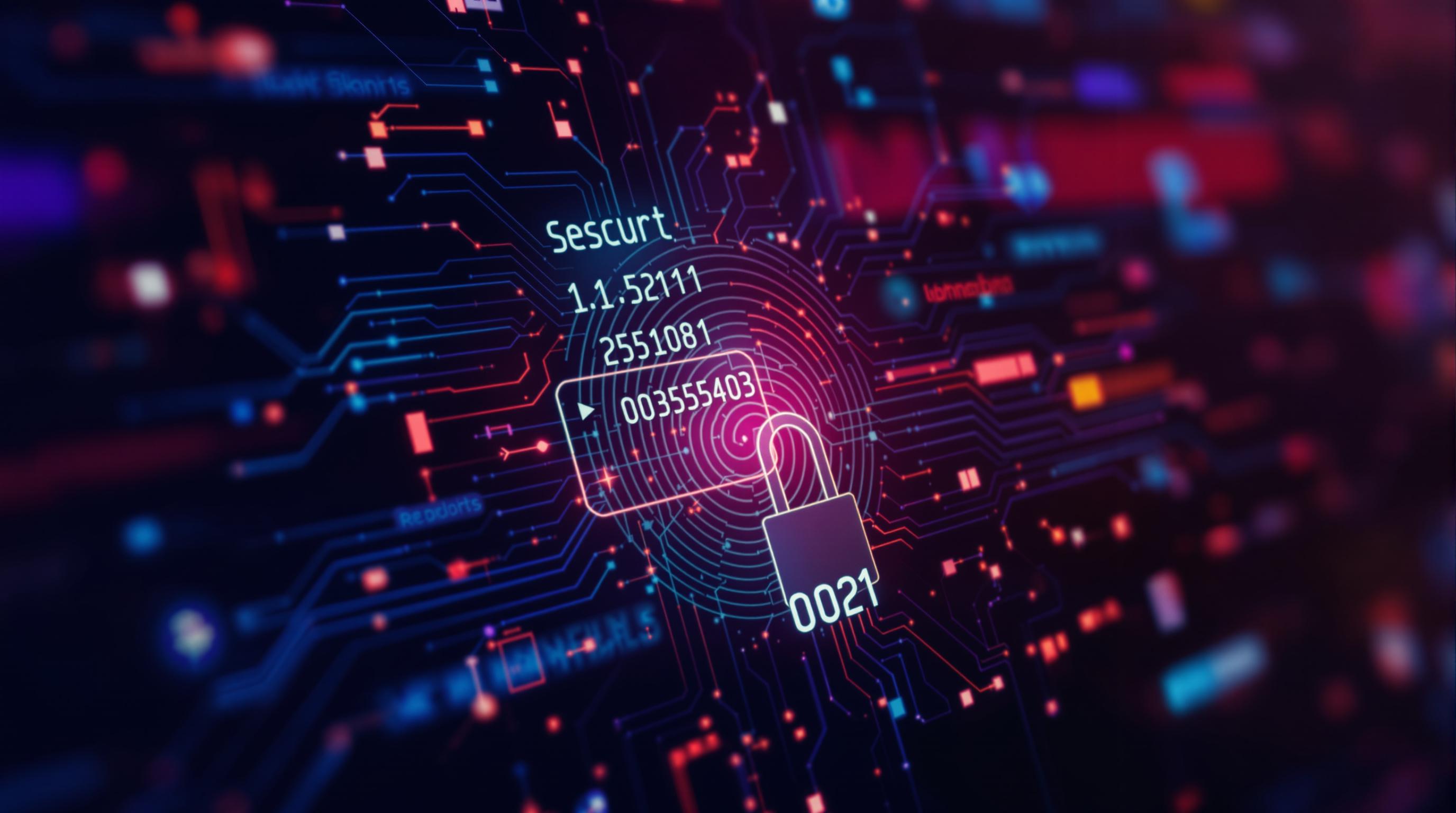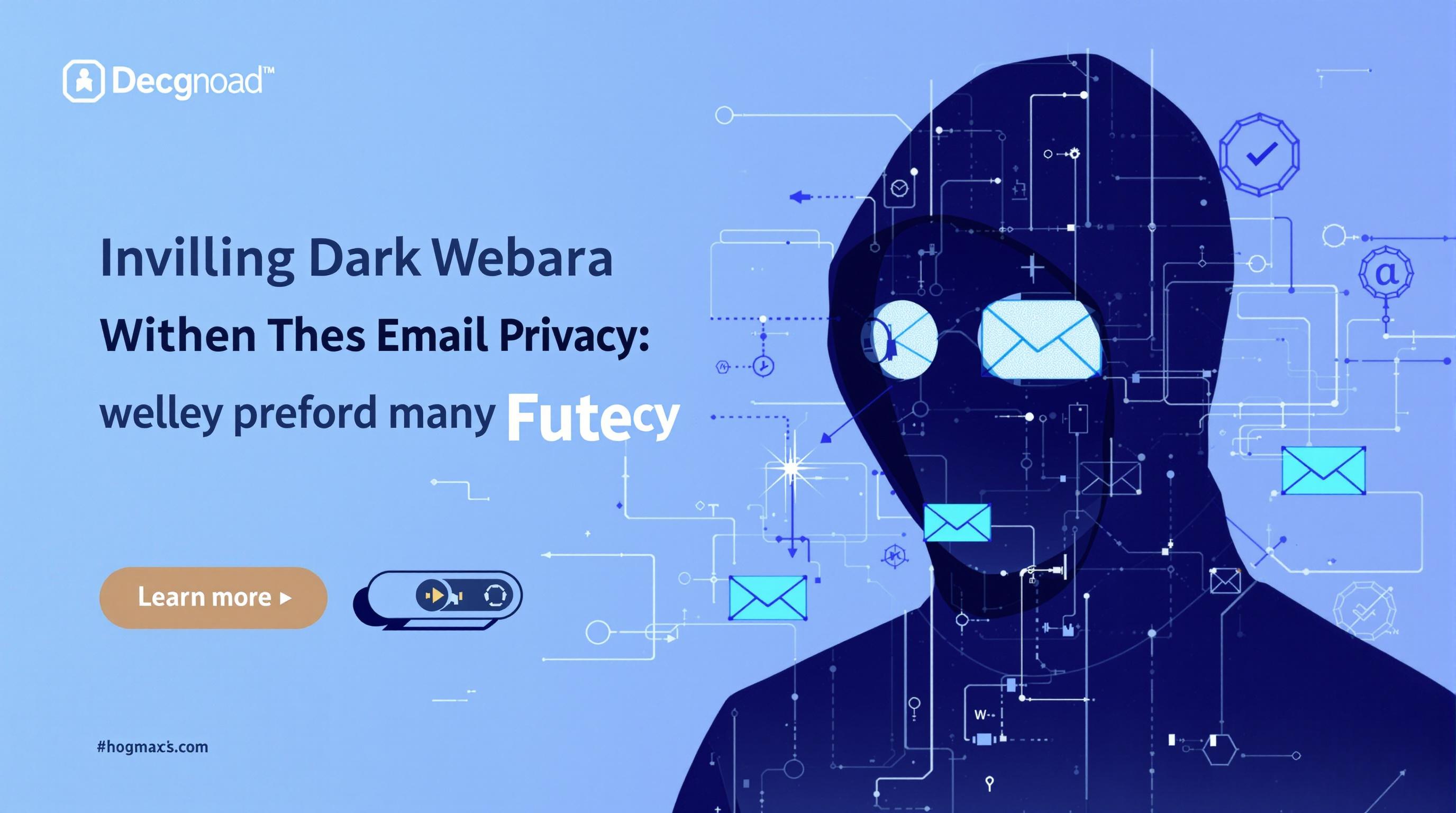Related Articles
- 8 Innovative Password Safes Released Since 2019 Changing How We Protect Our Digital Lives
- Top 6 Revolutionary Password Vaults Debuting Since 2019 That Are Disrupting Cybersecurity Norms
- 7 Innovative Browsers Released Since 2019 That Redefine Online Confidentiality and User Control
- Exploring Psychological Barriers to Adopting Enhanced Mail Safeguards Among Diverse User Groups
- Top 6 Privacy-Focused Browsers Launched Since 2019 That Outsmart Data Trackers Effortlessly
- How Antivirus Software Influences Environmental Footprints: Assessing Energy Use and Electronic Waste Trends
Exploring Psychological Barriers to Adopting Enhanced Mail Safeguards Among Diverse User Groups
Exploring Psychological Barriers to Adopting Enhanced Mail Safeguards Among Diverse User Groups
Email security is more than a technological challenge; it’s a psychological labyrinth entwined with individual and collective perceptions. This article explores varied psychological barriers hampering the adoption of enhanced mail safeguards across diverse user groups, blending formal analysis, storytelling, and candid insights to illuminate this multifaceted issue.
Why We Resist What Protects Us: A Psychological Puzzle
Imagine Jane, a 45-year-old office manager, who chooses convenience over security, keeping weak passwords and ignoring two-factor authentication prompts. Her behavior typifies a profound psychological phenomenon: security fatigue. When mental effort to maintain safety becomes cumbersome, individuals often succumb to complacency (Wash, 2010).
Security fatigue contributes significantly to underutilization of advanced email safeguards. According to a 2022 survey, 42% of users found enhanced security features "too complicated", leading to avoidance (Cisco Annual Cybersecurity Report, 2022).
Story Time: The Phishing Attack That Could’ve Been Prevented
Let me recount a tale from a small coastal town. A friend, Sam, a 23-year-old student, received what seemed like a routine email from his bank. Unbeknownst to him, it was a phishing attempt. Sam’s distrust of security tools, believing them to be “too much hassle,” meant he hadn’t enabled enhanced safeguards like anti-phishing filters. The result? An email breach that compromised his personal information.
This story exemplifies the real, human costs when psychological barriers obstruct practical security measures.
The Role of Trust and Perceived Control
Trust in the institution providing the security is crucial. Research highlights that users who trust their email service providers are significantly more likely to adopt enhanced safeguards (Lee & Kozar, 2008). However, a lack of perceived control also fuels resistance. When users feel that security protocols are imposed without their understanding or involvement, they often reject them outright.
Age Differences and Technological Literacy
The generational divide isn’t only about cultural preferences; it deeply affects security adoption. Elder users, often less fluent in evolving technology, might view new safeguards as intimidating. The Pew Research Center (2021) found that only 38% of adults aged 65+ use two-factor authentication, compared to 74% of users aged 18-29.
Conversely, younger users might underestimate the risks, thinking, “I’m too savvy to get hacked.” This overconfidence leads to neglect of crucial security steps.
Conversational Insight: Chatting with a Teenager
I recently chatted with Ava, a 17-year-old high school student, about email security. She shrugged off two-factor authentication, saying, “It’s just extra clicks, and I don’t have anything important anyway.” This casual dismissal is a stark reminder that security awareness isn’t just about knowledge, but about personal values and relevance.
Humor as a Bridge to Engagement
“Passwords are like underwear: don’t let people see it, change it often, and don’t share it.” This classic joke encapsulates a humorous approach to security education. Humor can lower defenses and make the topic less intimidating, facilitating better engagement with security practices.
However, overreliance on humor risks trivializing the seriousness of email threats, potentially deepening apathy among users.
Addressing Cultural Nuances
Diverse user groups often perceive security differently based on cultural contexts. For instance, in collectivist societies, sharing passwords might be more socially acceptable, creating challenges for enforcing individual safeguards. Understanding these cultural subtleties is vital for tailoring the adoption strategies effectively.
Case Study: The Corporate Shift
A multinational corporation recently mandated end-to-end encryption for all employee emails. Initial resistance was fierce, with many complaining about workflow slowdowns. However, a phased training program that involved employee feedback, gamification, and visible executive support eventually increased adoption rates by 68% within six months (Internal Security Report, 2023).
This example underscores the power of involving users psychologically and practically in the adoption process.
Persuasive Arguments for Enhanced Safeguards
Enhanced mail safeguards aren’t just bureaucratic add-ons; they are lifelines protecting valuable personal and business data. With 76% of cyberattacks exploiting weak or stolen credentials (Verizon Data Breach Investigations Report, 2023), adopting layered security is not optional but essential.
Communicating the tangible benefits and personal relevance can sway hesitant users, transforming resistance into proactive behavior.
Psychological Models Explaining Security Behavior
The Protection Motivation Theory (PMT) elucidates how perceived severity, vulnerability, response efficacy, and self-efficacy interplay in security decisions (Rogers, 1975). When users underestimate threats or doubt their ability to implement safe behaviors, adoption rates drop.
Designing interventions that heighten threat awareness while empowering users with clear, manageable steps can mitigate these psychological barriers.
Formal Analysis: Cognitive Load and User Experience
From a cognitive psychology perspective, increased cognitive load due to complex security procedures triggers avoidance behavior. Simplified interfaces, informative feedback, and contextual help reduce this load, making users more inclined to adopt security features (Adams & Sasse, 1999).
Hence, creating seamless and intuitive security experiences is as important as the technology itself.
Final Thoughts: Crossing the Bridge from Fear to Confidence
The journey toward widespread adoption of enhanced email safeguards is complex, filled with psychological roadblocks ranging from fear and mistrust to simple inertia. By weaving empathy, education, humor, and cultural sensitivity into security strategies, we can build bridges that transform apprehensive users into confident guardians of their digital lives.




